Have you ever wondered how long do indoor cats live? Factors ranging from health, breed, gender, environmental conditions, and many more all determine a cat’s life expectancy.
In this article we’ll focus on the average indoor cat, and look at its life expectancy, differences between cat breeds, various health conditions and ways to increase your cat’s life expectancy.
We will go through the most recent studies and answer questions such as how long does and indoor cat live, what are the differences between cat genders and what are the symptoms of a senior indoor cat.
How Long Do Indoor Cats Live?
The average life expectancy of an indoor cat is between 13 to 17 years, according to the ASPCA.
Recently, a study in the UK carried out by Royal Veterinary College has shown that the average lifespan of a cat overall in the UK is 14 years.
The study looked at the deaths of 4009 randomly-selected deceased cats in 2015 and found that crossbreed cats had a higher average life expectancy of 14 than purebred cats who’s lifespan was 12.5 years. However, some cats live past 20.
What Is Considered Old Age For An Indoor Cat?
Thanks to improved nutrition, living standards indoor, and advances in veterinary medicine, cats live longer and are now considered older between 11-14 years.
In general, cat is considered a senior if she’s over 11 years of age.
Do Indoor Cats Live As Long As Outdoor Cats?
On average, indoor cats live longer than outdoor cats.
Wild, feral, and homeless cats livean average of 2 to 5 years – dramatically shorter lives, and face many dangers – from predators to traffic.
Factors ranging from determine how much an indoor cat will live.
Do Male Or Female Indoor Cats Live Longer?
Recent studies have indicated that intact cat females are slightly longer-lived and in cat males are slightly longer-lived. The best data on mortality in cats suggests that females have a small survival advantage.
By far the most comprehensive study consisting of more than 4000 cats with complete longevity records has shown that the longevity of females was two years or about 15% greater than the longevity of all males (O’Neill et al., 2014).
In short, when comparing male and female cats, female cats tend to live slightly longer.
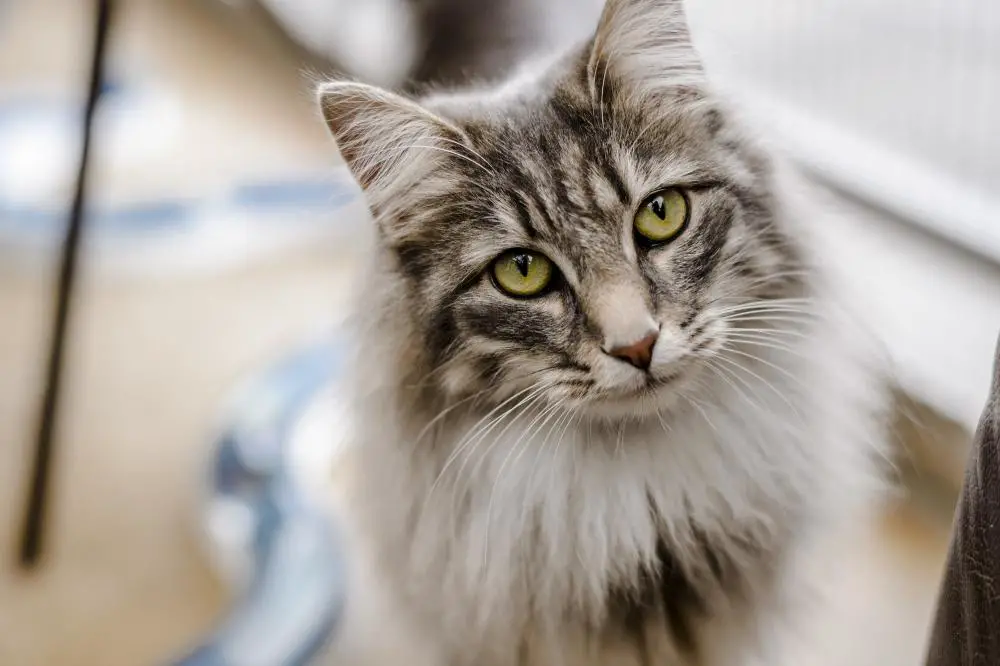
Lifespans Of Popular Cat Breeds
- American Shorthair: 15 – 20 years
- Balinese: 18 – 22 years
- Bengal: 14 – 16 years
- Bombay: 15 – 20 years
- Burmese: 17 – 25 years
- Calico: 12 – 15 years
- Manx: 8 – 14 years
- Maine Coon: 10 – 13 years
- Munchkin: 12 – 15 years
- Oriental Shorthair: 15 – 20 years
- Persian: 10 – 17 years
- Ragdoll: 15 – 18 years
- Russian Blue: 15 – 20 years
- Siamese: 12 – 20 years
- Sphynx: 10 – 15 years
- Savannah: 12 – 20 years
Cat Age Chart
| Cat age chart | |
|---|---|
| Life stage | Cat’s age |
| Kitten | 0 – 6 months |
| Junior | 7 months – 2 years |
| Adult | 3 – 6 years |
| Mature | 7 – 10 years |
| Senior | 11 – 14 years |
| Geriatric | 15+ years |
Senior Cat Symptoms
- Lower body temperature – cats are known to have higher average body temperature than humans, and a healthy cat’s temperature should be between 99 and 102.5 degrees Fahrenheit.
- Lack of interest in eating – it’s common for a senior cat to have decreased appetite toward the end of its life. As all beings, animals know that it takes energy to process food and drinks which can take a tool on their bodies. Furthermore, seniors cats have a decreased sense of smell which is partially responsible for their loss of interest in eating.
- Weight loss/gain – a senior cat’s metabolism will slow down and result in weight loss, which can also be a sign of various different problems, from diabetes, to heart and kidney disease.
- Sleeping – as cats become older, they will sleep more than the average of 16 to 18 hours per day.
- Weakness – older cats have less energy to move their bodies or even just walk, they become more lethargic and move less.
- Changes in appearance – everyone knows that cats love to groom themselves. When older cats are nearing the end of their lifespan, they will lose energy and interest to groom themselves, and look more messy.
- Changes in smell – cats that are close to dying develop a odor due to the fact that toxins are building up in their bodies, as organs start to shut down.
- Hearing loss – hearing loss is common sign of aging in cats, often associated with ear problems.
- Hiding – cats that are very close to dying are known to hide, because they instinctively know that they are vulnerable from threats that might take an advantage of them in their compromised state.
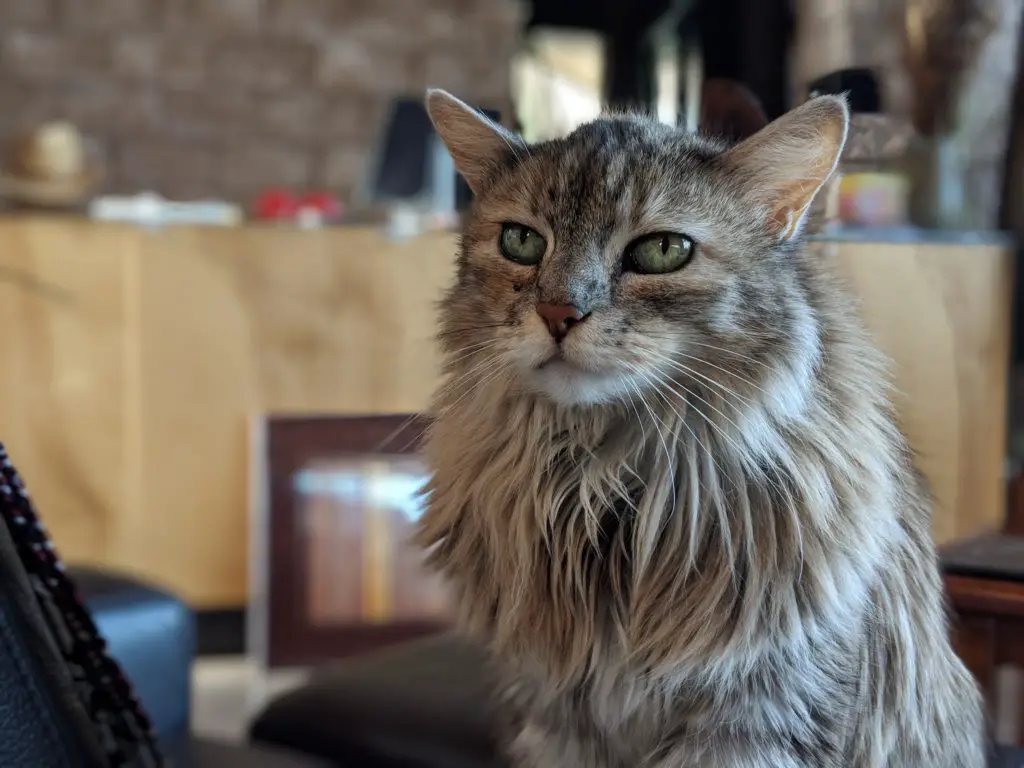
What Do Cats Usually Die From?
There are many diseases that cats usually die from, but in the following paragraphs I will explain the most common ones.
Heart Disease
Cardiomyopathy, also knows as the heart disease, is the most common form of sudden death in indoor cats. The disease makes it harder for the heart muscle to pump blood to the rest of the body, resulting in a heart failure.
Kidney Disease
Chronic kidney disease (CKD) is the second most common condition affecting older cats. The kidneys are responsible for maintaining fluid in the body, removing toxins from the blood, maintaining acid balance, maintaining blood pressure, producing hormones. Signs of kidneys failure range from weight loss, poor appetite, increased thirst, increased urination etc.
Diabetes
Diabetes mellitus is a chronic cat condition, characterized by the inability for the body to produce insulin which balances glucose levels in the blood. Some of the main symptoms are increased urination, excessive thirst, increased hunger, weight loss, enlargement of the live, bladder infection etc.
Hyperthyroidism
Hyperthyroidism is a condition that affects older cats, caused by excess release of thyroid hormone resulting in an increased metabolic state. The most common clinical sign of hyperthyroidism is weight loss, due to the increased rate of metabolism despite an increased appetite. Some other symptoms include restlessness, more aggressive behavior, increased water consumption and urination, vomiting or anorexia.
“Growing older is not a disease. While it’s true that senior cats are more likely to get different conditions, some older cats are perfectly normal and don’t change at all.”
Richard Goldstein, DVM
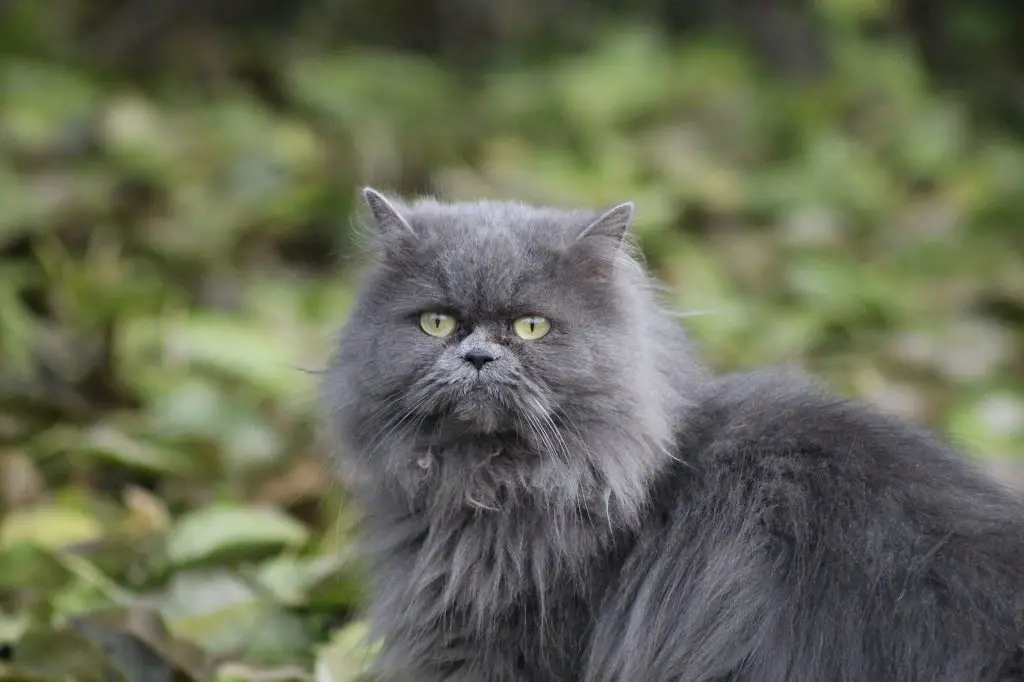
6 Tips To Increase Your Cat’s Life Expectancy
There are many variables that affect how long an indoor cat will live, ranging from whether or not they are an indoor cat or an outdoor cat, if they are vaccinated, and so on.
There are several different ways to increase your cats life expectancy:
1. Set Up A Balanced Meal Plan
Cats are classed as ‘obligate carnivores’, meaning that they are strictly meat eaters. Make sure to give your cat complete food with all the essential nutrients so that it has a balanced diet.
2. Provide Fresh And Clean Water
Like most mammals, a cat’s body is composed of 2/3 water, and it is critical to every system in its body. Although most cats don’t prefer drinking still or standing water, one of the ways to make your cat to drink more water is to give her wet cat food.
3. Vaccinate Your Cat
Cat vaccinations help to protect them from severe infectious diseases like cat flu, and it prevents them from passing those to other animals in the area.
4. Visit Your Veterinarian Regularly
Take your cat to the vet at least once or twice a year. “A yearly checkup can be a great opportunity to get advice from your veterinarian on how to keep your cat healthy,” says Dr. Denise Petryk, the director of veterinary services at Trupanion.
5. Spay Or Neuter Your Cat
Several studies have shown that spayed or neutered cats may live much longer lives, and reduce the risk of certain illnesses.
6. Use Toys And Give Your Cat Treats
Cat toys and treats are not just entertainment, but play an important role for the health and happiness of your cat. Furthermore, best older cats sleep longer, a cat toy is essential for its physical and mental exercise.
Did you like our article?
Make sure to leave a comment and let us know!
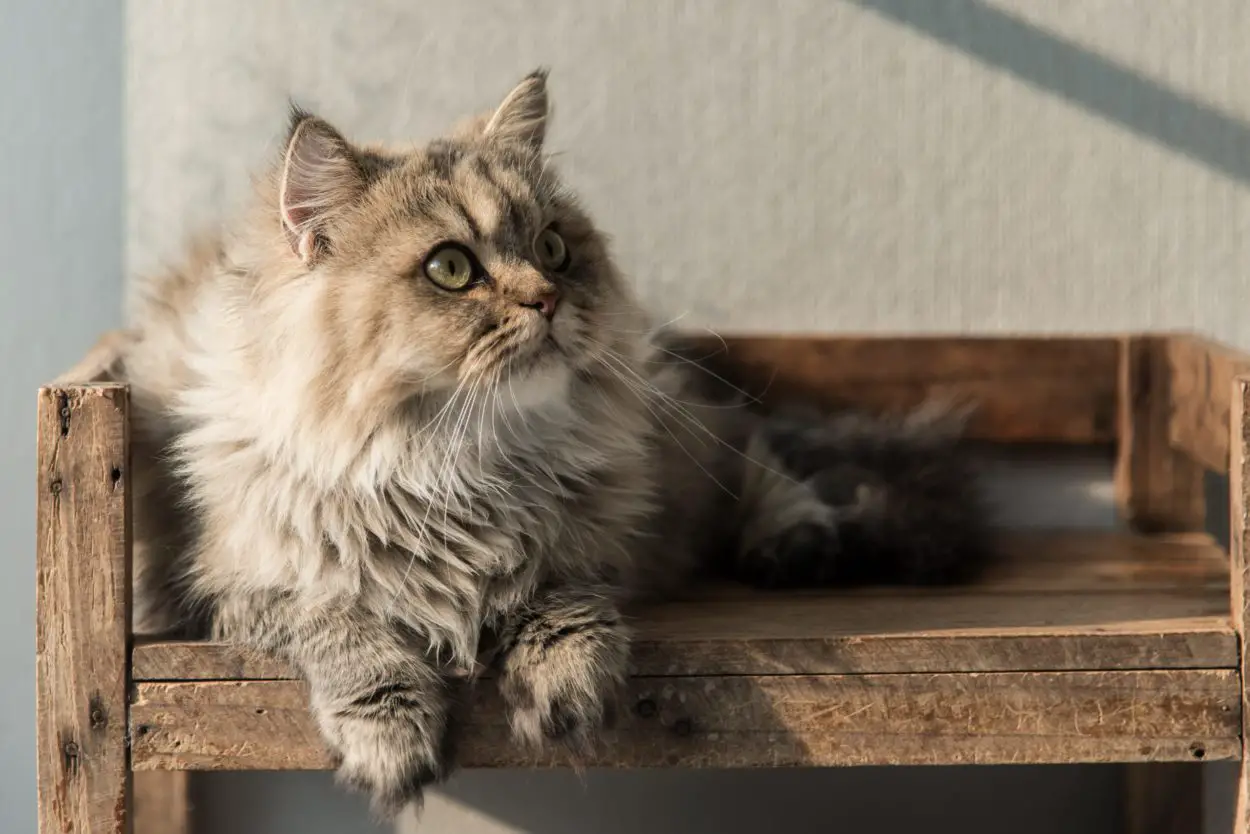
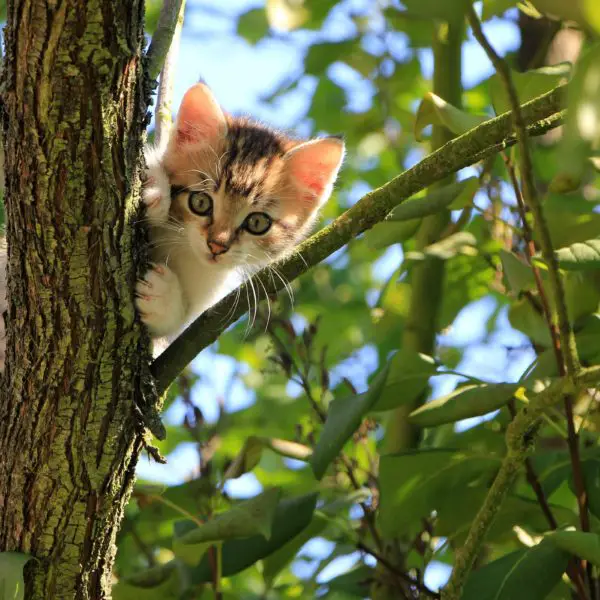
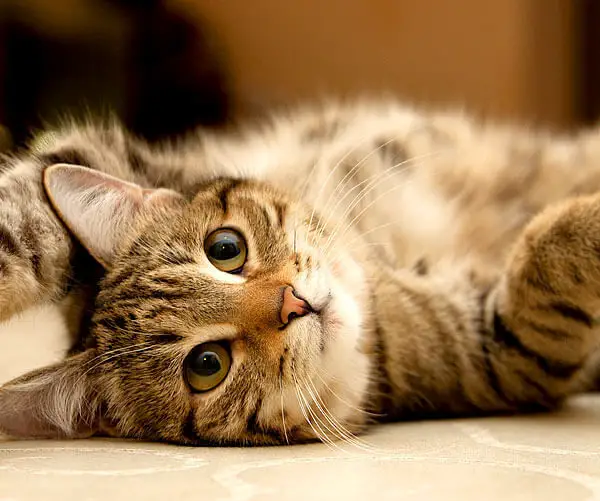

Leave a Comment